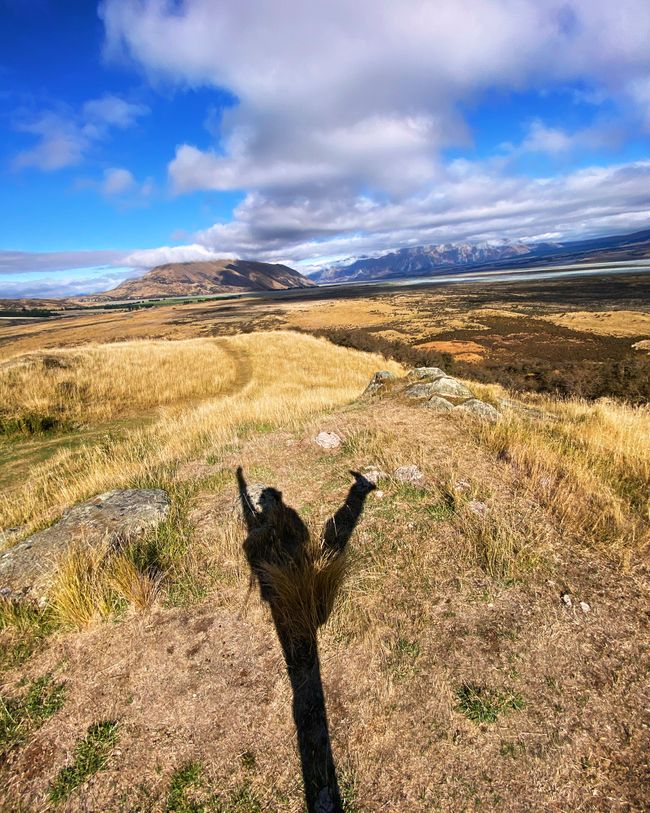Dunedin - Albatross Centre
Nai-publish: 15.04.2024

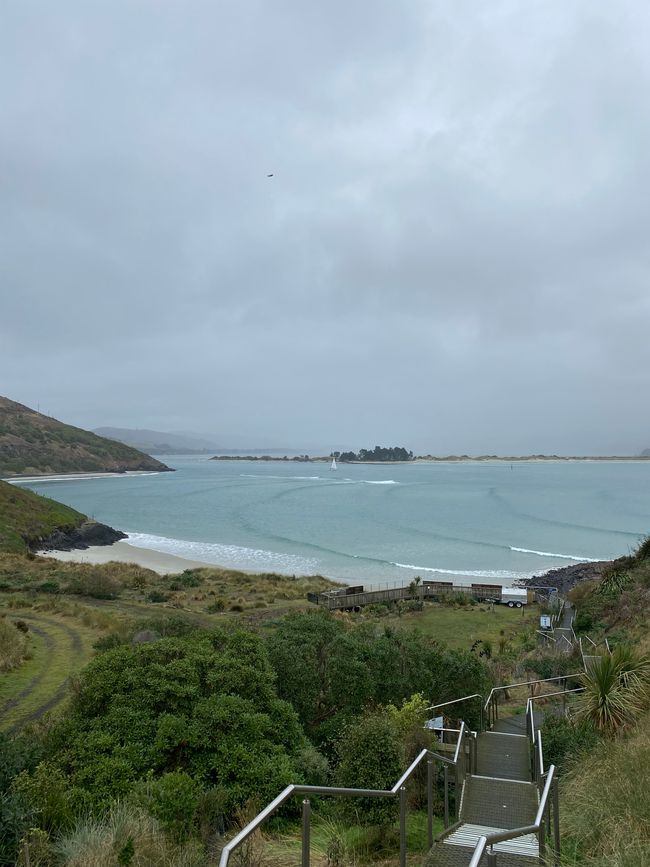
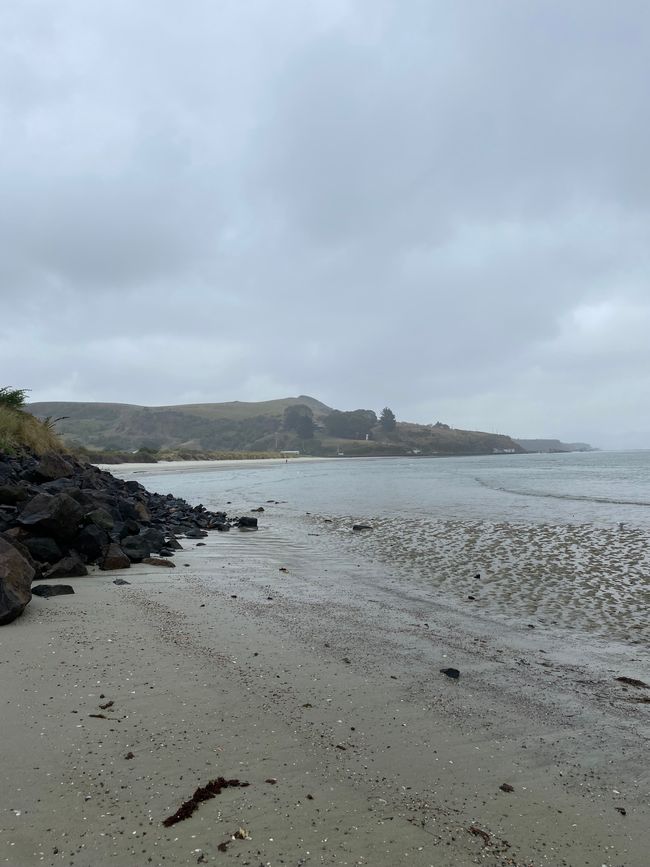
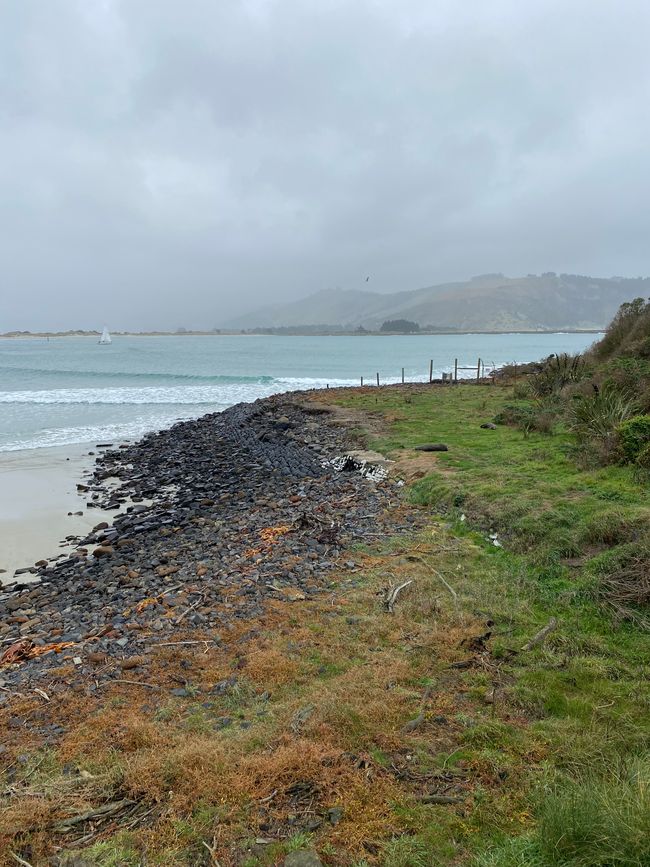
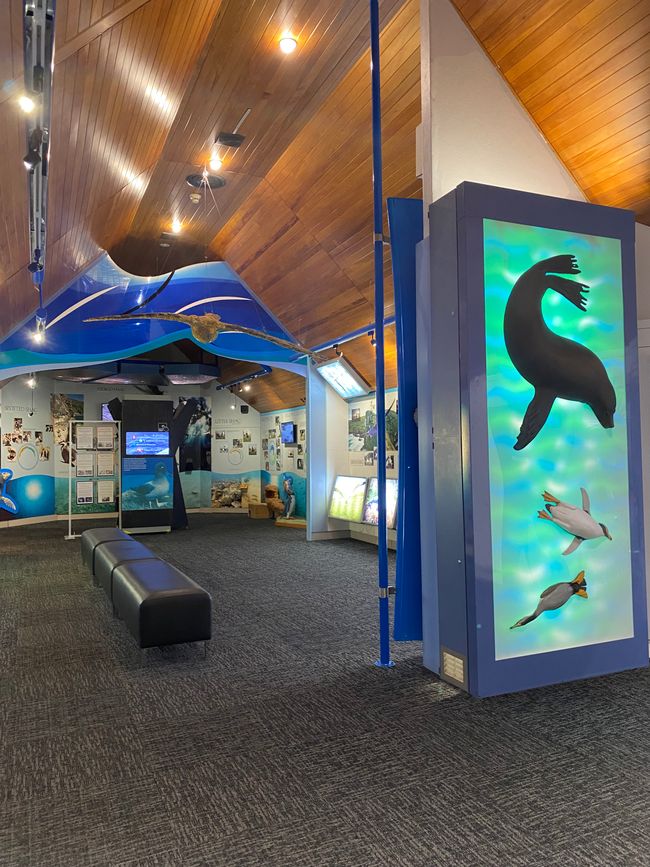
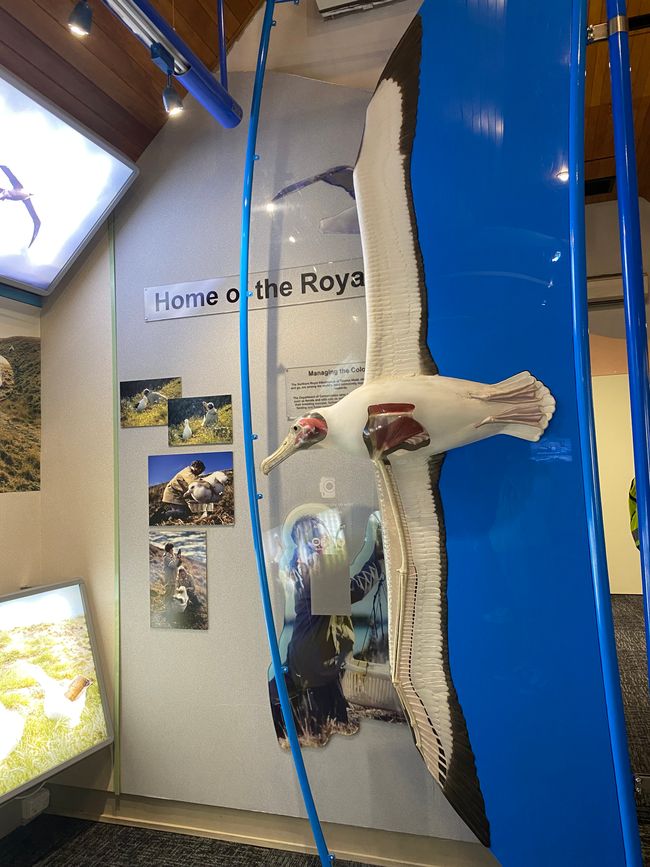
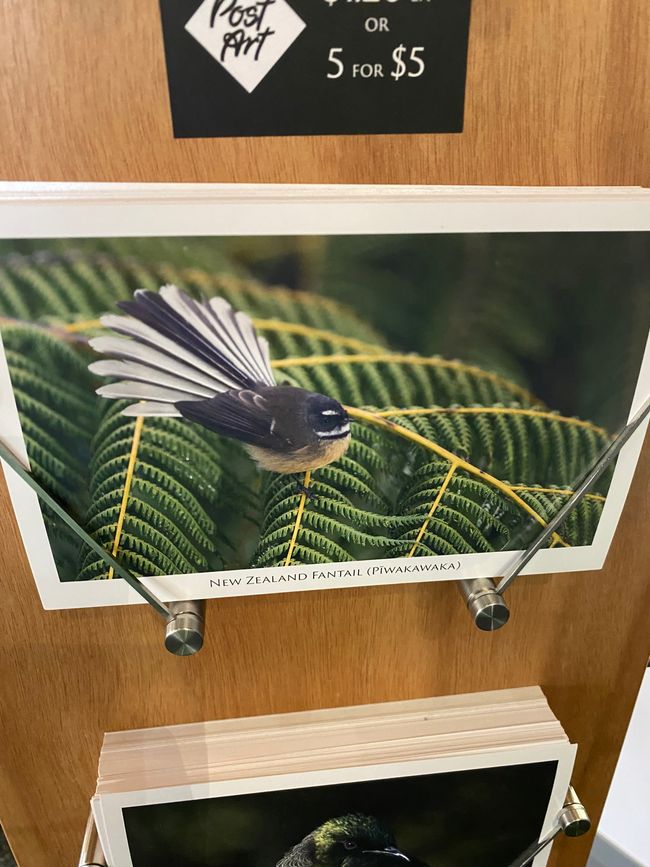
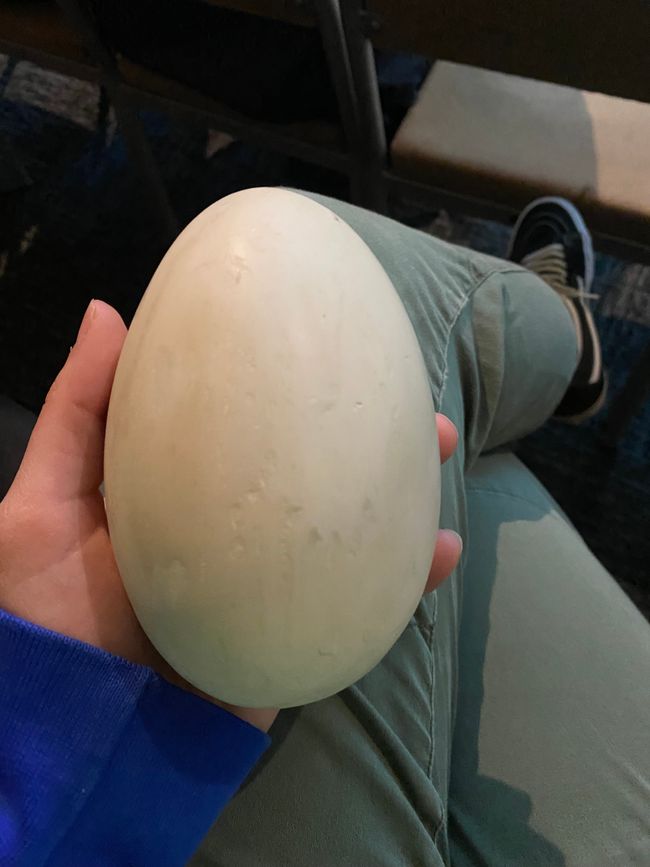
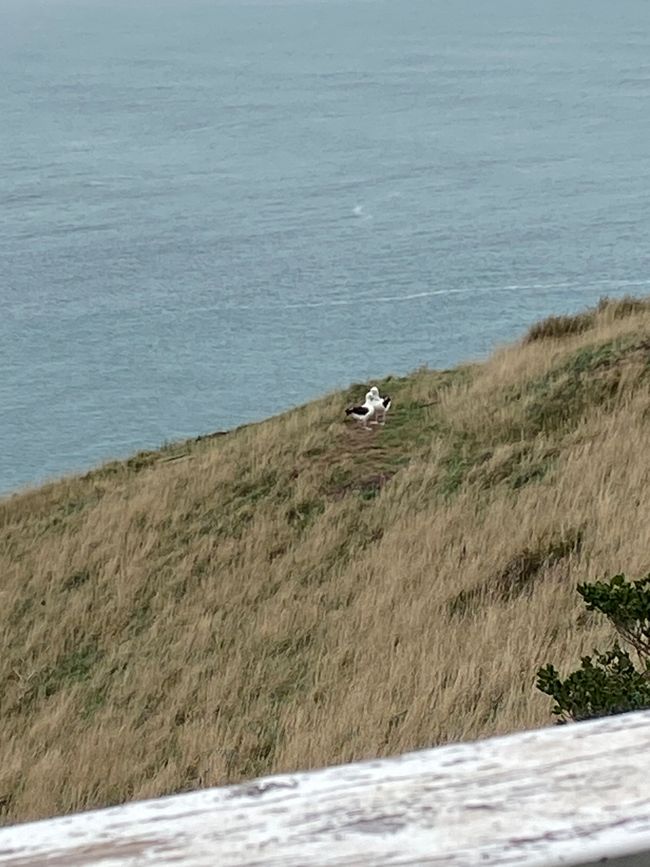
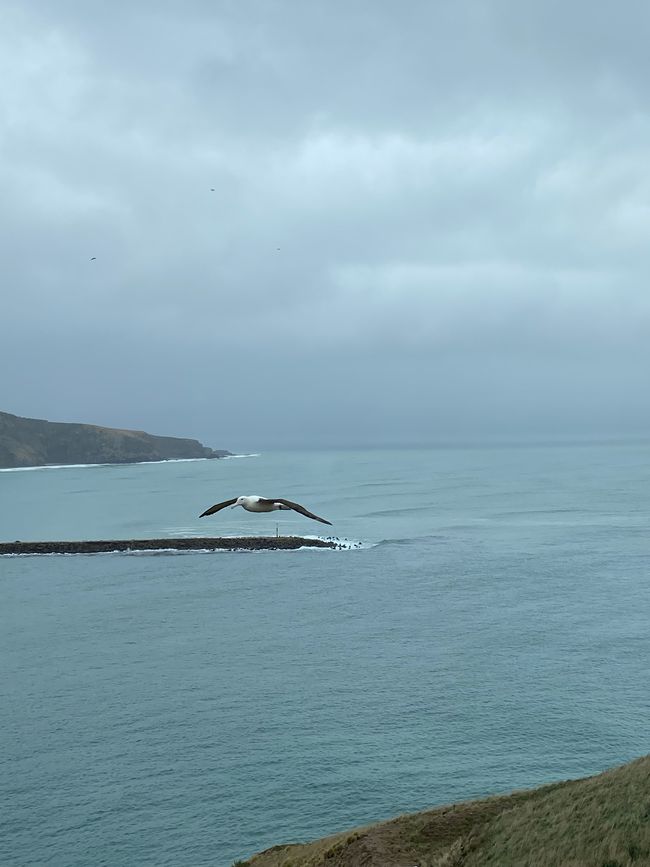
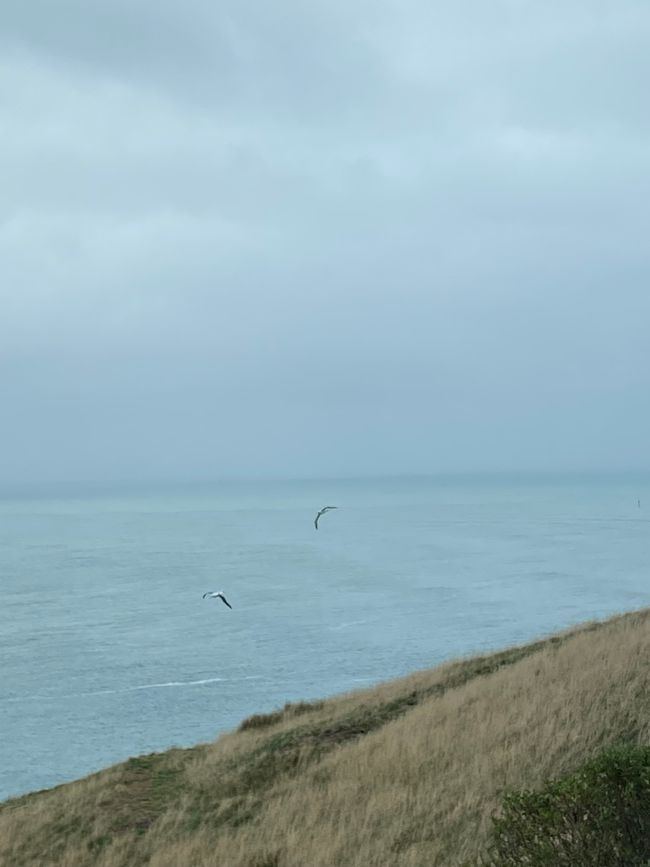
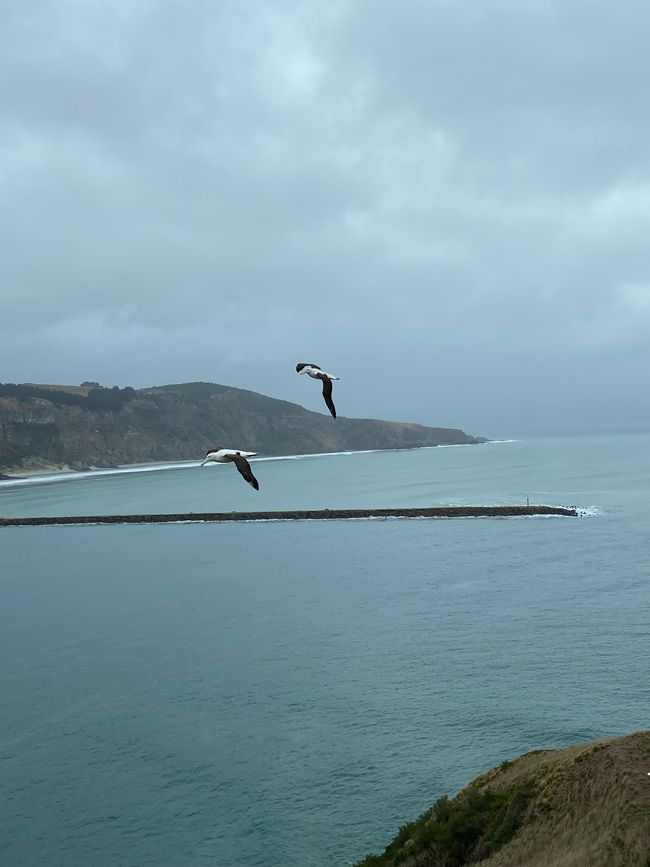
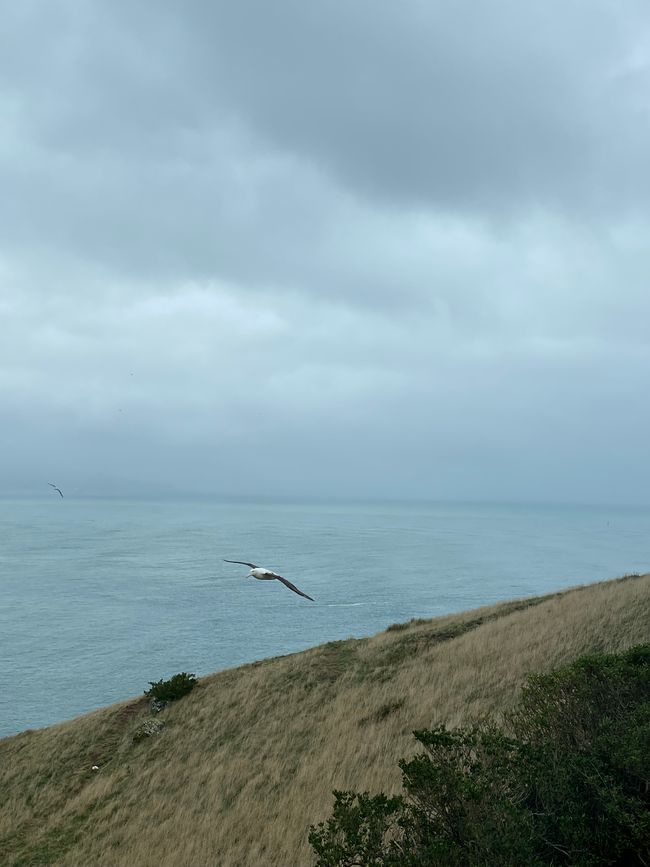
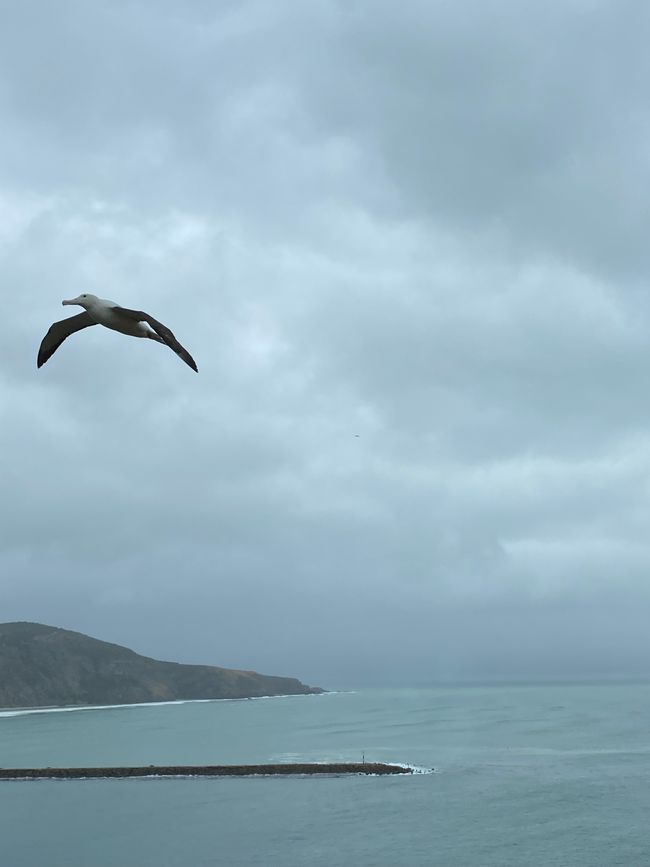

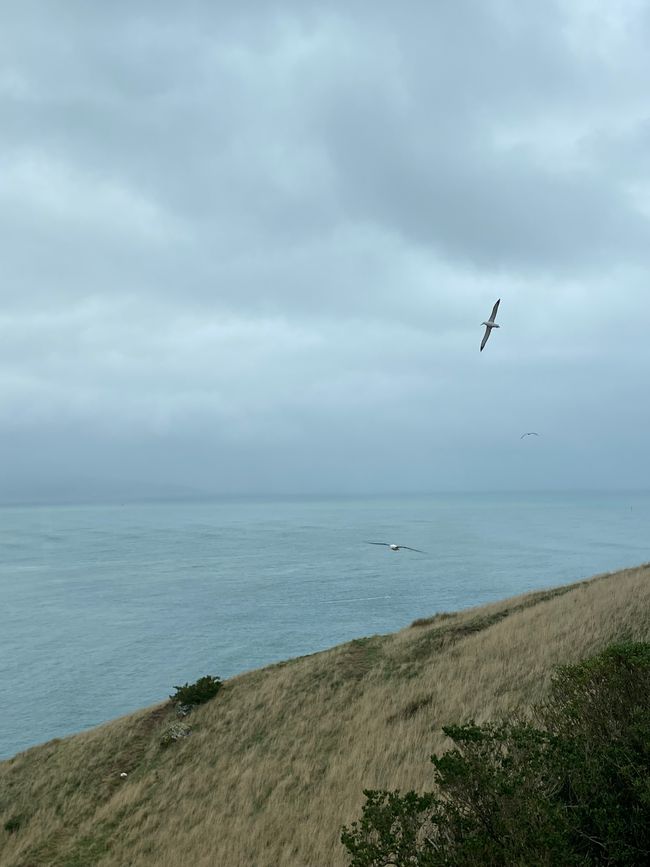
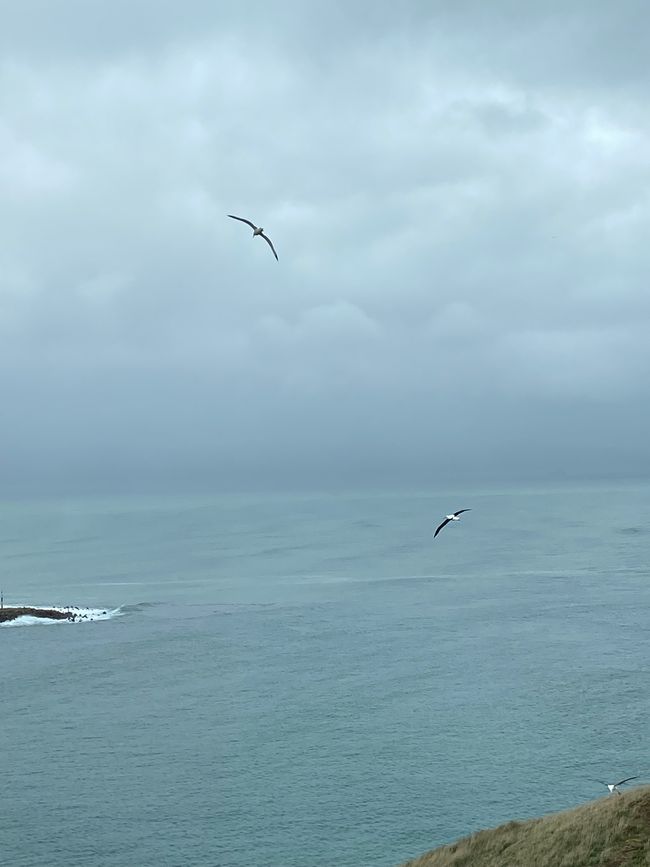

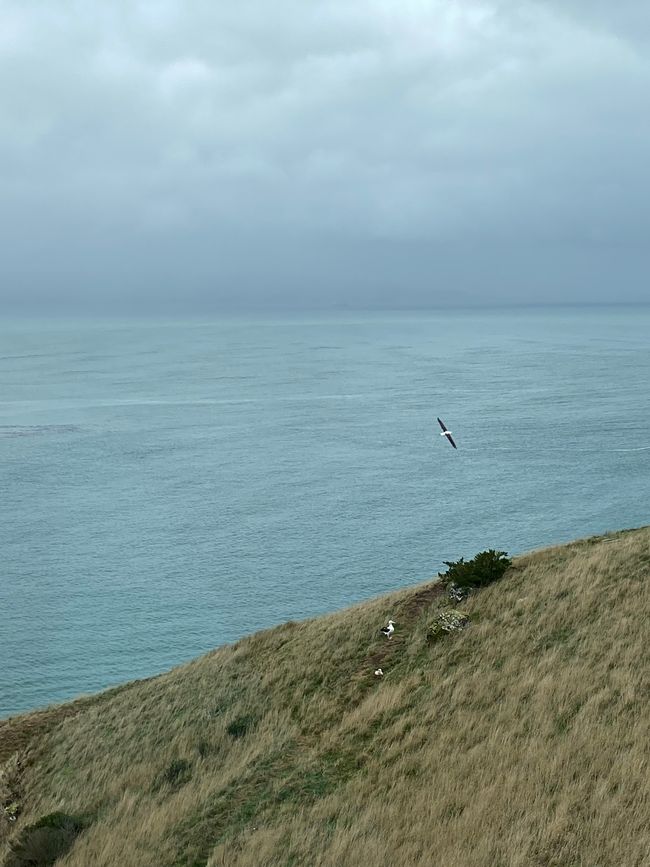
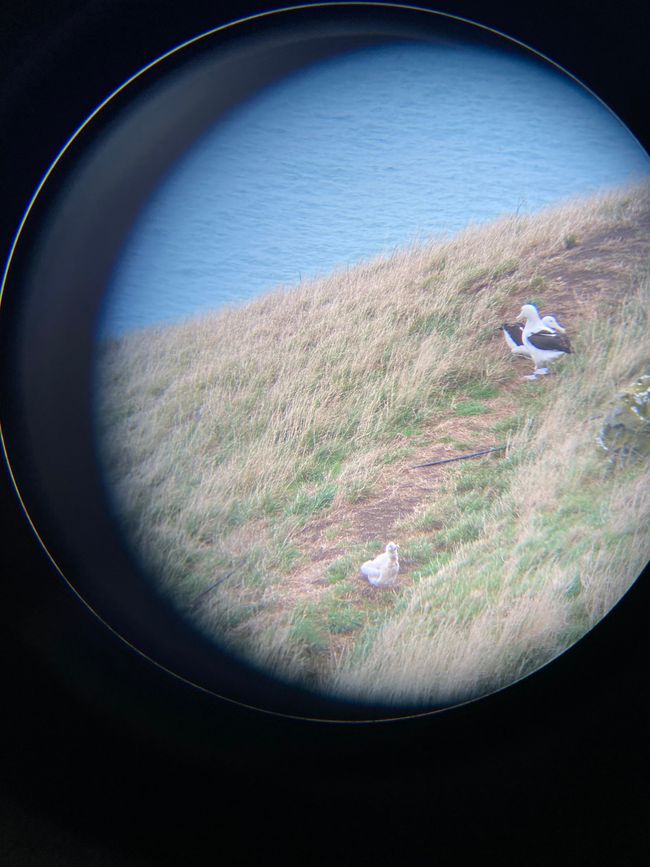
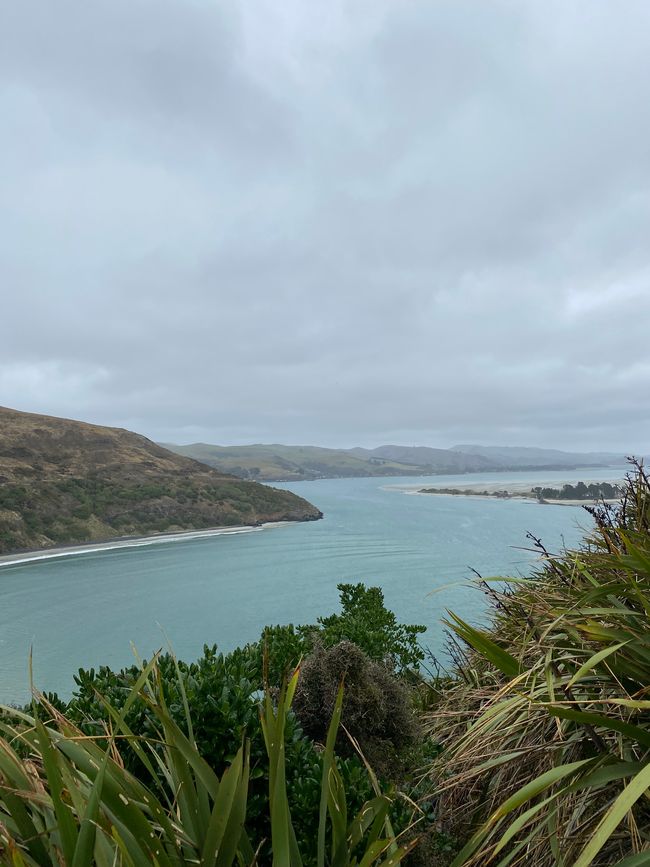
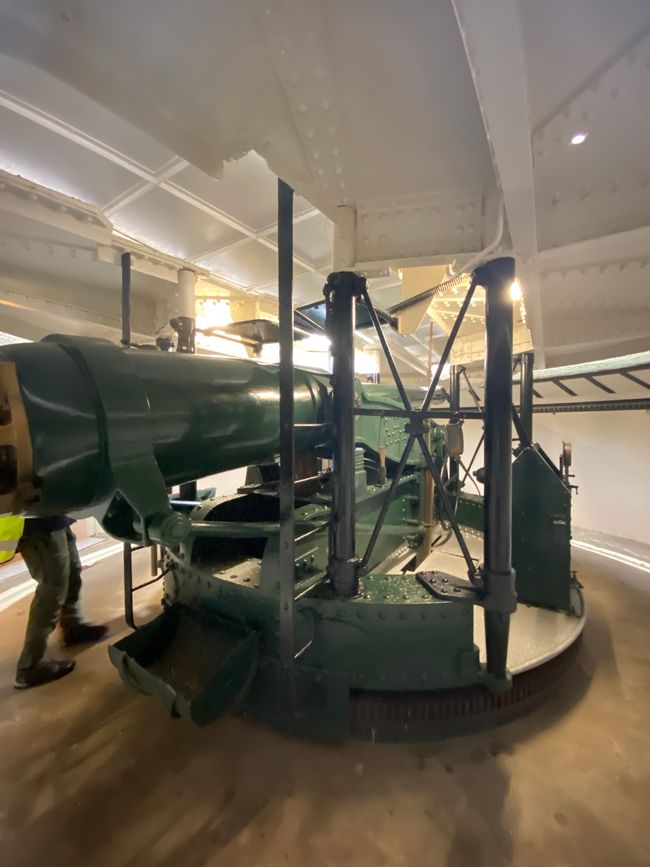
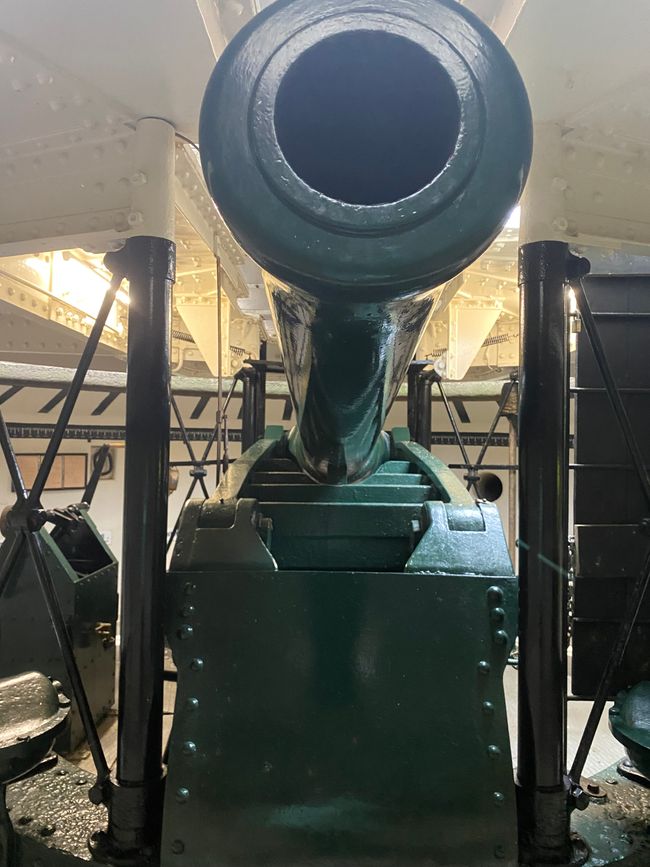
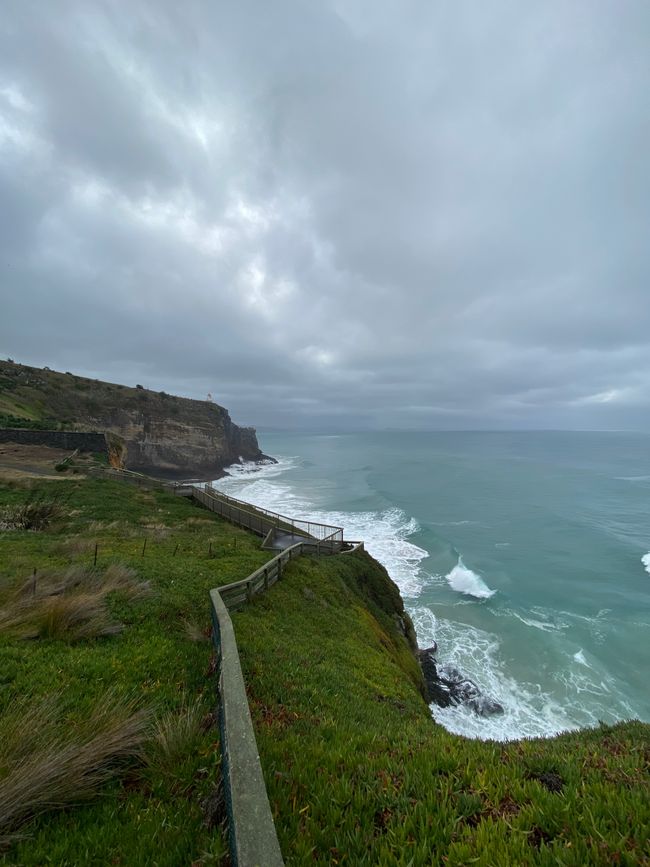

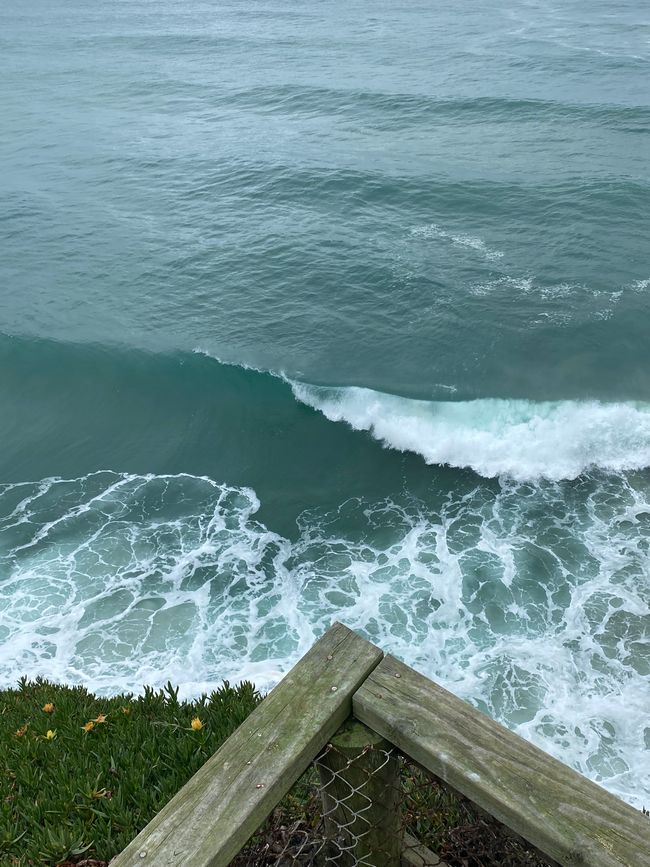
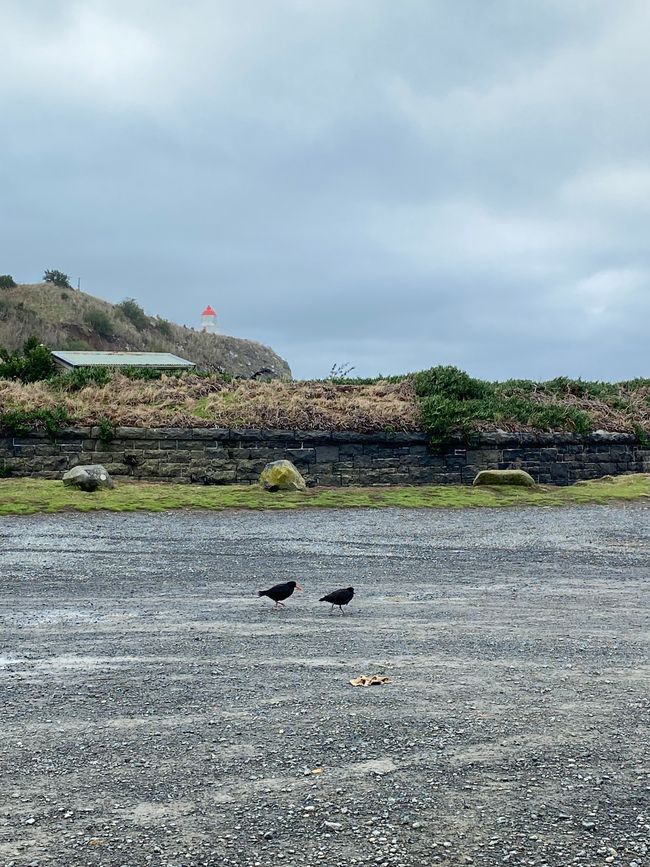
Mag-subscribe sa Newsletter
Welcome Back my dears,
I'm writing to you from a converted hospital in Owaka. Pretty interesting but also a little scary. But in this post I actually want to show you something else that's really interesting and a little strange: albatrosses!
After it rained on my first day in Dunedin and I spent the day doing laundry, shopping and filling up the car, I somehow didn't really manage to do nothing on my second day in Dunedin either (I mean, really nothing - in the sense of: an amoeba moves and thinks more than I do!). I took advantage of the slightly rainy weather and drove towards the sea to the Albatross Centre. Albatrosses are incredibly large birds that can cover up to 1000 km in a day. They use their incredible! wingspan of up to 3 metres to soar over the landscape. I actually just wanted to get information about the birds and had hoped that I would be able to see them outside the centre's grounds. But I didn't, and I thought it was very fair to spend money on a good animal cause that benefits birds and their conservation. So I spontaneously booked a tour in the center, where you can admire the albatrosses and their chicks and also learn about the history (especially the defense history of this place). In front of the center there is also a section of beach where penguins live - but once again I was in the right place at the wrong time and so I only saw a lazy sea lion.






I also recognized my little cave friend in the museum - it was a Piwakaka. I don't think I'll be able to remember the name for long, but luckily I now have a reminder.


After a short introductory video, we went to the observation station, which was equipped with binoculars. The picture shows two young albatrosses "socializing" and currently trying to figure out whether they want to spend the rest of their lives together. Albatrosses, like penguins, only look for one partner for the rest of their lives. This can lead to a long partnership, as the oldest registered albatross (named Granny) lived to be 61 years old before she disappeared. After an albatross has hatched, it spends about a year sending both parents out to hunt while it grows and develops its plumage. After the chick has left the nest, it usually spends the next five years in South America (Chile) and learns all the necessary skills to be able to feed a chick itself. After these five years, the animals usually return to their place of birth and "socialize" aka look for the right partner for life.





The colony I was at was a colony of Royal Albatrosses. The largest of their kind and the animals can have a wingspan of up to 3 meters. In short: These things are HUGE! And when I saw them flying in the sky, two thoughts popped into my head:
1) How the hell is it physically possible for an 8 kg bird to float through the air?
2) Somehow the animals look like the pterosaurs in Jurassic Park.




The chicks are currently in the feeding phase and weigh around 4-5 kg. Shortly before the plumage change, the chicks can weigh up to 13 kg - a 13 kg ball of white feathers. They then use this weight as energy to develop their actual plumage. In principle, males and females can only be distinguished by their size, as the plumage does not have any gender-specific characteristics.

After we had a close look at the albatrosses and their breeding grounds, we went down into the buildings and corridors of the former defence system on this hill. The only reason why an albatross colony could settle on this little piece of land is because the entire area was cut down to defend New Zealand during the war, in order to provide the gunners with a sufficient field of vision. After the defences were shut down, the albatrosses were able to settle here without any trees in the way that would make landing and taking off a problem for these huge gliders. In addition, this small peninsula is at a 45 degree angle, making it ideal for the winds for the albatrosses to land and take off.


There is a lot of history hidden in this part of the world that was really super interesting and in the end I was very, very glad that I booked the tour. And as you can see, some of the information has stuck and I can pass it on to you.
After another quick look at the other side of the mini peninsula, we made two more stops back to the campsite.
I will show you some impressions in the next post.
Your Britta
Mag-subscribe sa Newsletter
Sagot

Mga ulat sa paglalakbay New Zealand

